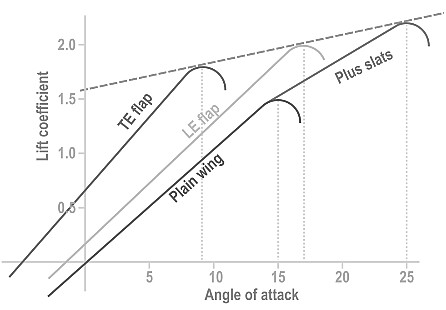EricChase88 said:chuck4, okay, I see that weapons on F-22 are tucked behind the intakes. Still, the fact that the T-50 splits the fuselage into 3 volumes unlike F-22 which has one large volume indicates better area ruling and thus lower drag. Naturally, this should allow the T-50 to outperform the F-22 aerodynamically (supercruise, sustained turning) when the T-50 gets the second stage engine.
As for lift, what is certainly clear is that the T-50 have a much bigger lifting surface than F-22. Also, the F-14 which has widely spaced engine and tunnel like the T-50 can fly with one wing fully swept and one wing fully extended and even land on a carrier like that, so its fuselage must also produce a lot of lift like F-15.
For consideration of area rule, T50 does not have three volumes. It has one single very lumpy volume, with three of the lumps being particularly prominent. f-22 has one single somewhat less lumpy volume, with one single big lump. It is by no means clear which plane's geometry come closer to the ideal Sears haack cross sectional area distribution. I would guess, if anything, F-22 come closer.
Also, area rule seems to be most important for rapid transit through transonic region. Presumably both f-22 and t-50 are designed to engage each other at well above transonic speeds. So it isn't no means clear area ruling of their respective design says anything about relative agility and maneuverability in the regime where they would likely fight each other.
T-50 definitely has more wetted area, that also translates to drag.




